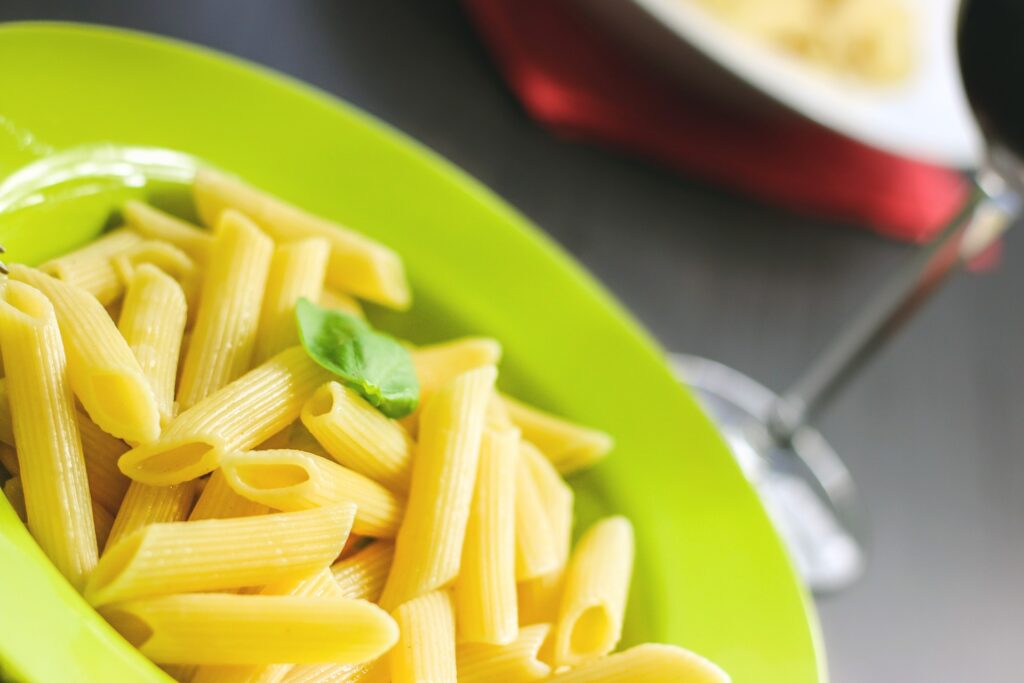 Effects of microwave treatment of durum wheat on the quality of pasta.
Effects of microwave treatment of durum wheat on the quality of pasta.
A recent study, conducted by a group of Italian researchers (Padalino et al., 2019), addressed the influence of microwave treatment of durum wheat on the rheological properties of dough and on the technological and sensory properties of pasta obtained from that wheat. The purpose of this treatment is to transform gluten into a bioactive protein with innovative beneficial properties.
The changes in the gluten network arrangement have been investigated with size-exclusion High-Performance Liquid Chromatography (HPLC) and electrophoresis analysis, while the tests have been conducted using durum wheat kernels of two different cultivars (cv Aureo and Sfinge) Furthermore, the rheological properties of dough, the cooking quality and sensory properties of pasta have been assessed as well.
The results show that microwave treatment blocks the formation of a strong gluten network (through S-S bonds formation), which is essential for the processing of semolina into the final product. The worsening of rheological properties of dough greatly affects the quality of pasta, with significant negative consequences on product cooking quality. This entails an unavoidable impact on the sensory properties of the product, which, in both cases studied, showed low sensory quality, mainly due to high bulkiness and adhesiveness.
Assessment of the quality of pasta (spaghetti) enriched with pumpkin powder
A recent study, conducted by a group of Italian researchers (Durante et al., 2019), assessed the possibility of producing durum wheat pasta with high bioactive properties enriched with a lipophilic phytocomplex extracted, using supercritical carbon dioxide, from ripe pumpkins. In particular, this extract was used as free oil or as ready-to-mix oil/alfa-cyclodextrins.
For the test, four types of pasta have been prepared: (I) control spaghetti (S-CTRL); (ii) spaghetti supplemented with α-CDS (S-α-CD); (iii) spaghetti supplemented with pumpkin oil (S-Oil) and (iv) spaghetti supplemented with the pumpkin oil/α-CD powder (S-Oil/α-CD). The chemical, antioxidant, textural and sensory attributes of the different pasta were then evaluated and compared. The results indicate that S-Oil and S-Oil/α-CD spaghetti were significantly enriched with phytosterols, squalene, carotenoids, tocochromanols and unsaturated fatty acids if compared S-CTRL spaghetti.
In addition, the presence of oil with a-CD not only improves the fiber content, but also increases the stability of some bioactives during pasta production and improves the poor textural and sensory characteristics of cooked spaghetti compared with the S-Oil sample. Finally, the global sensory evaluation of S-Oil/a-CD spaghetti proved satisfactory. In conclusion, the authors argue that, even if the latter product was characterized by a higher cost than traditional pasta, it may be accepted by consumers for its interesting bioactive properties, particularly suitable to address specific physiological and pathological needs.
References
- Padalino et al., Tecnica Molitoria, 70, 2019, 60-67
- Durante et al., Food Chemistry, 294, 2019, 112-122



